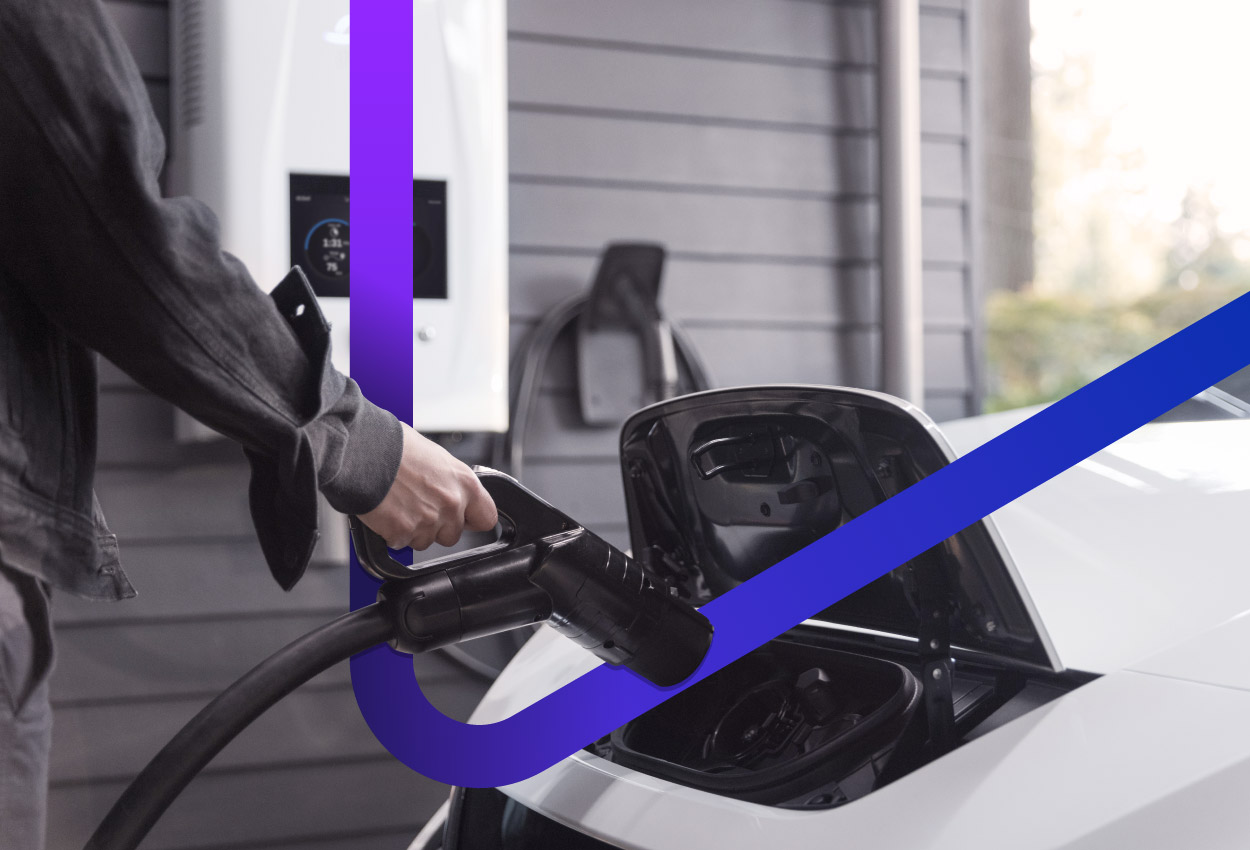Jessica Venning-Bryan | 27 March 2023


The Internet of Things (IoT) has revolutionised the way people generate, consume and share energy. It has enabled the connection of people, devices and systems into unified networks that drive new levels of communication, collaboration, and innovation. This was a key theme at ENLIT Australia 2023 in Melbourne.
IoT-centric technologies can play a critical role in enabling the necessary shifts required to mitigate the impact of climate change. By creating energy systems that balance human needs and efficiency drivers, IoT tech will enable resilience and reliability in the face of increasing demand and changing environmental conditions.
World over, the energy systems of old were built to manage generation and distribution via a peak-demand model - but this is both unsustainable and uneconomic. The availability of IoT products and services enables us to connect usage data (how and when humans use energy) and generation, storage and distribution control technologies (managing the supply of energy), for efficiency and better commercial outcomes.
ENLIT is a showcase for what’s possible. From Siemens to Toshiba, Landis & Gyr to Schneider Electric there is a firm focus on building smarter connections between people and devices, demand and supply, to secure a clean energy future.
Smart Grids
One of the most significant applications of IoT in energy is the development of smart grids - electricity networks that use technology to manage the supply of energy to match demand. Capacity can be matched to consumption using live data and profiling over time, enabling more intelligent supply control and more effective asset management.
Energy Management
IoT devices can also be used to monitor and manage energy usage in homes and buildings. For example, many households are already using smart thermostats that learn a homeowner's schedule and adjust heating and cooling systems accordingly, reducing energy waste. Smart lighting systems can be programmed to turn off when a room is not in use, further reducing energy consumption, and smart charging systems can be programmed to charge EVs during off-peak hours when energy demand is lower, reducing the strain on the grid during peak hours. In aggregate, or at industrial scale, these efficiencies can be highly impactful.
Energy Storage
Renewable energy sources like wind and solar are intermittent, meaning they produce energy only when the sun is shining or the wind is blowing. To ensure a steady supply of clean energy, it is necessary to store excess energy for use when demand is high or generation isn’t possible. IoT-enabled energy storage systems can monitor energy usage and store excess energy, ensuring a consistent supply of clean energy.
IoT technologies are fundamentally changing the way we produce, store, distribute, and consume energy. By enabling the development of smart grids, promoting energy efficiency, and facilitating the integration of renewable energy sources, IoT systems can help drive the transition to clean energy and create a more sustainable, resilient, and reliable energy system.
Check out part 2 of our ENLIT insights where we discuss how Flux enables retailers to capitalise on IoT systems by streamlining the proliferation of new technologies into sellable products.

Sign up for the latest updates in technology, changes, regulations, and new energy products from Flux.